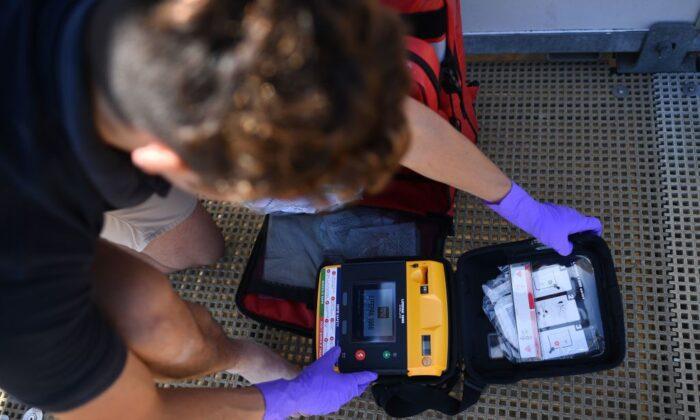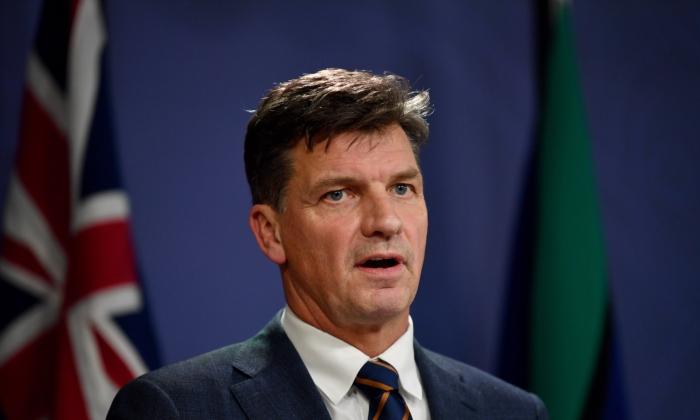Every day the hearts of 16 Australians suddenly stop pumping and their chance of surviving is minuscule unless there is a defibrillator nearby.
Cardiac arrests remain the leading cause of death across the nation, with around 20,000 people having a heart attack away from a hospital every year and just 10 percent surviving.
St. John Ambulance NSW CEO Sarah Lance wants to change that and has launched “Shocktober” to lobby for more life-saving defibrillators, saying their provision is the key to improving survival rates.
“In the event of a cardiac arrest, each minute that passes without intervention—including defibrillation—reduces the chance of survival,” she said on Oct. 20.
The combination of CPR (cardiopulmonary resuscitation) and defibrillation is the only definitive treatment for sudden cardiac arrest and could increase survival rates by up to 70 percent.
Defibrillators should be installed everywhere large crowds congregate—shopping centres, sporting grounds, concert halls, and on public transport, she said.
“They need to be within three minutes’ reach of any sudden cardiac arrest,” Lance said.
A defibrillator instantly analyses the heart rhythm and recognises abnormalities, determining whether a shock is required and telling the user what to do through voice commands.
“Anyone can use a defibrillator,” Lance said.
St. John Ambulance has developed COVID-safe online classes to equip people with lifesaving first-aid skills with the easy-to-follow online course costing just $25, and taking just 30 minutes to complete.





